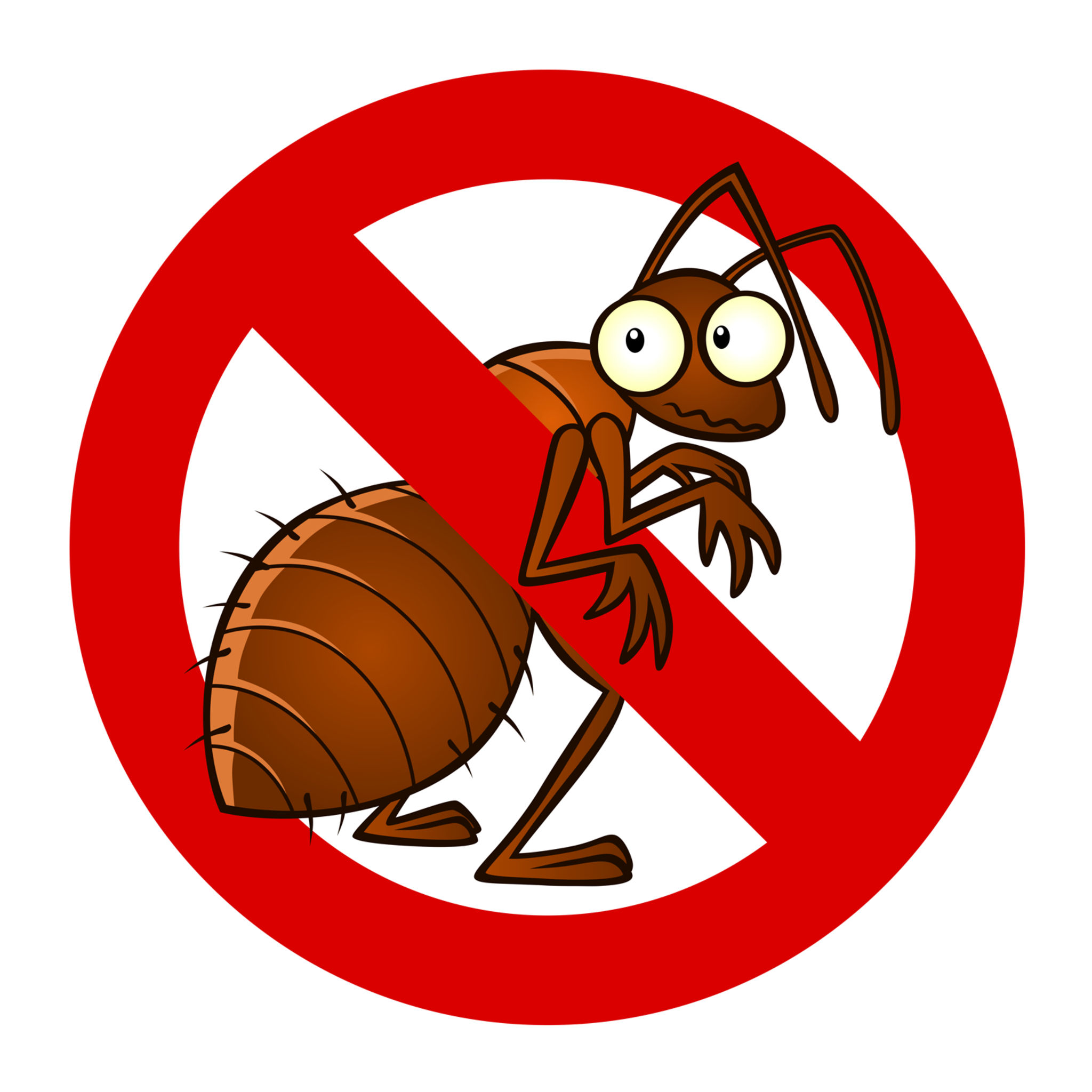Reputable A1 Bed Bug Exterminator Charlotte - Remove Bed Bugs Rapid
Reputable A1 Bed Bug Exterminator Charlotte - Remove Bed Bugs Rapid
Blog Article
Bed Insect Therapy Breakdown: Comparing Chemical Vs. Non-Chemical Solutions
In the world of pest control, specifically when taking care of the persistent problem of bed insects, the choice between chemical and non-chemical therapy remedies can be a critical one. Both methods supply distinct advantages and disadvantages, influencing aspects such as efficiency, safety and security considerations, and total cost. By taking a look at the nuanced information of each method, a clearer understanding of which course to pursue in attending to a bed insect problem can be acquired.
Performance of Chemical Therapies
Chemical treatments for bed bug invasions have been commonly acknowledged for their fast and potent effectiveness in getting rid of these parasites. When thinking about the effectiveness of chemical treatments, it is important to comprehend that they can supply a detailed and fast option to a bed insect issue. Expert pest control operators often count on insecticides to target bed insects at different stages of their life process, including adults, fairies, and eggs. These chemicals normally function by interrupting the bed pests' nerve system, causing paralysis and eventual fatality.
Furthermore, chemical therapies have the benefit of using recurring impacts, meaning that they can remain to get rid of bed bugs even after the initial application. This recurring activity is particularly valuable in combating any type of possible re-infestations. Furthermore, the fast activity of chemical treatments can bring relief to people dealing with severe bed insect problems, allowing them to restore control of their living areas rapidly.
Safety Worry About Chemical Solutions
One essential element that requires mindful consideration when making use of chemical remedies for bed insect therapy is making sure the safety of owners and the environment. Direct exposure to specific chemicals made use of in bed insect therapies can lead to breathing issues, skin irritability, or other damaging responses, particularly in individuals with pre-existing problems or sensitivities.
Moreover, the ecological influence of chemical remedies is one more substantial consideration. Some chemicals used in bed bug treatments might be damaging to advantageous bugs, wildlife, and ecological communities if they leach right into the dirt or water supply. It is necessary to use chemical treatments sensibly, following safety and security guidelines, and taking into consideration less harmful choices to mitigate these dangers and make sure the effective and risk-free monitoring of bed pest infestations.
Benefits of Non-Chemical Strategies
Thinking about the prospective security issues and environmental impact associated with chemical services for bed pest therapy, discovering non-chemical methods provides a promising choice with numerous distinct advantages. Non-chemical treatments are ecologically friendly, as they do not contribute to air or water pollution, making them a sustainable choice for pest control.
In addition, non-chemical remedies can be efficient in targeting bed bugs, Bonuses consisting of hard-to-reach locations where chemical treatments might not pass through. Methods such as warmth treatment, vacuuming, steam cleansing, and mattress coverings local bug control provide extensive removal without using harmful chemicals. In addition, non-chemical strategies can be less turbulent, needing very little preparation and permitting quicker reentry right into treated areas. Overall, deciding for non-chemical bed pest therapy approaches not just prioritizes safety and security and environmental management however additionally makes certain thorough and efficient parasite control.
Limitations of Non-Chemical Treatments

Additionally, non-chemical therapies usually need numerous applications to achieve successful removal. This can be lengthy and may not constantly guarantee total removal of all bed insects and their eggs, specifically in hard-to-reach or surprise places.
Furthermore, the success of non-chemical treatments heavily counts on correct implementation and thoroughness, which can be challenging for individuals without specialist competence. Insufficient application of non-chemical methods may lead to incomplete obliteration, bring about consistent problems and the demand for extra therapies.
Therefore, while non-chemical treatments have their benefits, it is vital to acknowledge pest protect these constraints and consider them when establishing one of the most reliable technique for taking care of bed pest infestations.
Cost Comparison: Chemical Vs. Non-Chemical Options
Given the limitations connected with non-chemical therapies, a crucial facet to review in the context of bed insect management is the cost contrast in between chemical and non-chemical choices. Chemical treatments usually entail the application of insecticides by professionals, which can range from $250 to $900 per space, relying on the intensity of the invasion and the dimension of the location to be treated. On the other hand, non-chemical therapies like warmth therapy or heavy steam can be much more expensive, with expenses ranging from $1,000 to $6,000 for a whole home. While the initial cost of chemical treatments may appear lower, several therapies might be needed to completely eradicate the infestation, possibly enhancing the overall expense. On the other hand, non-chemical choices might offer a more sustainable and environment-friendly solution, although they can be cost-prohibitive for some individuals. Ultimately, when taking into consideration the cost of bed insect therapy choices, it is essential to consider the ahead of time expenditures versus the performance and long-term sustainability of the selected technique.
Verdict

Thinking about the possible safety concerns and environmental impact associated with chemical solutions for bed pest therapy, discovering non-chemical strategies offers an encouraging choice with numerous distinctive benefits.Provided the restrictions linked with non-chemical treatments, a vital aspect to assess in the context of bed insect monitoring is the price contrast between chemical and non-chemical options. In contrast, non-chemical treatments like heat treatment or heavy steam can be much more costly, with prices varying from $1,000 to $6,000 for a whole home. While the first price of chemical treatments might appear reduced, numerous therapies might be called for to fully remove the problem, possibly raising the general price.In verdict, when comparing chemical and non-chemical bed bug therapy choices, it is crucial to take into consideration effectiveness, safety and security, advantages, restrictions, and price.
Report this page